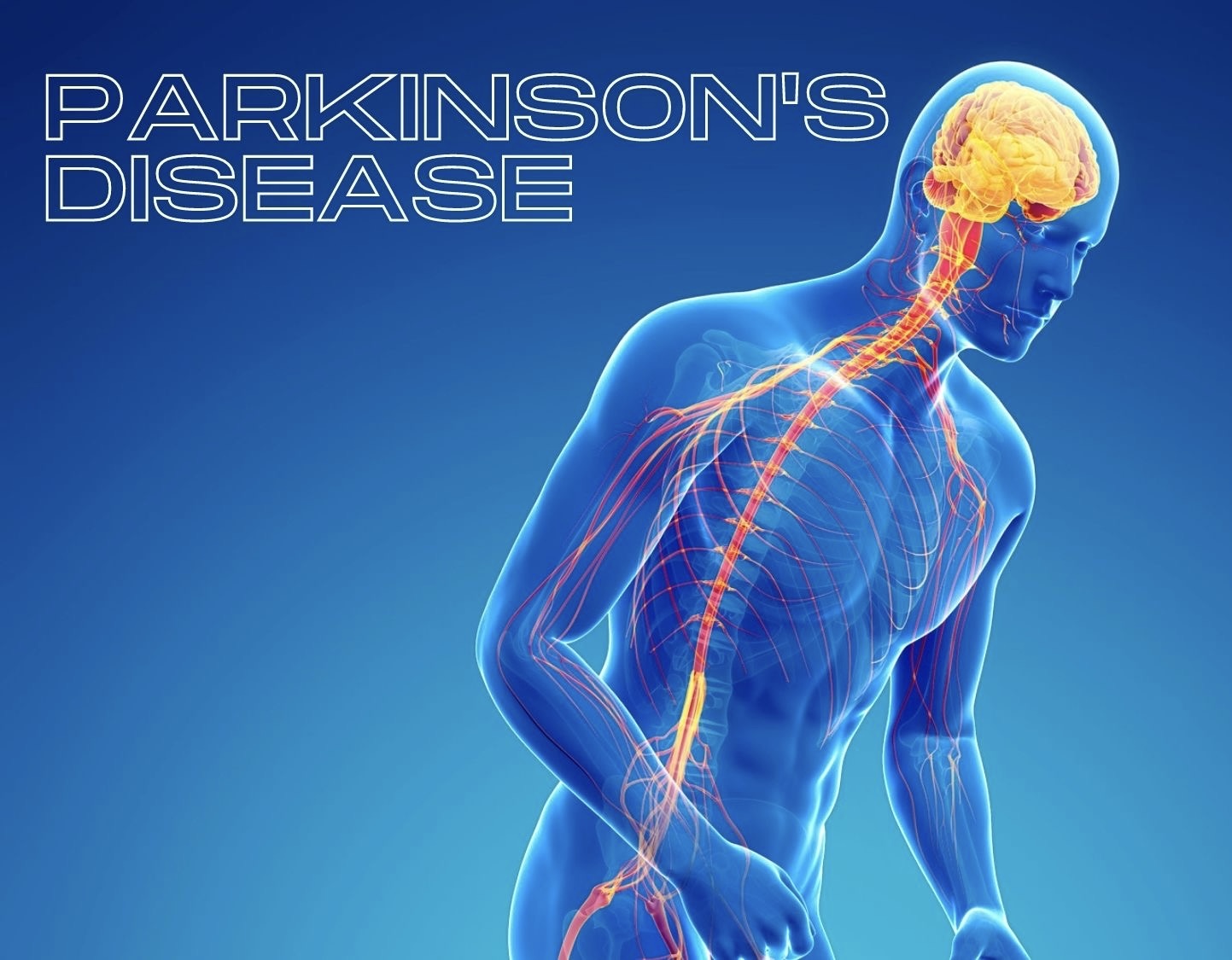
Interesting facts:
Initially the disease was first described as SHAKING PALSY by James Parkinson.
It is usually adult onset Neurodegenerative disease that rises rapidly over the age of 60 years but 10% of the population tend to have the young onset.
Risk factors for Parkinson Disease includes:
– Age: Beginning of the 5th decade and increases rapidly.
– Sex: Male to female ration is 1.4:1
– Genetics
– Environmental exposure: Exposure to pesticides, Exposure to air pollution, including nitrogen dioxide and fine particulate matter, High consumption of dairy products, Living in urban or industrial areas with high release of copper, manganese, or lead, Exposure to hydrocarbon solvents, particularly trichloroethylene, Living in rural areas, Farming or agriculture work, The use of well water, High dietary intake of iron, especially in combination with high manganese intake, Reduced levels of dietary and sunlight-derived vitamin D.
-Comorbidities includes: Excess body weight and metabolic syndrome, History of prior traumatic brain injury, Type 2 diabetes mellitus, History of melanoma or prostate cancer.
Protective factors/Negative associations for the disease includes:
-The most consistently identified negative associations, or protective factors, for PD are cigarette smoking, caffeine consumption, and physical exercise.
Symptoms that have received the most attention as sensitive prodromal markers ( Initial phase) of PD are:
#Rapid eye movement (REM)
#Constipation
#Hyposmia/olfactory dysfunction
#Urinary urgency
#Sexual dysfunction
#Neuro-cognitive dysfunction.
Parkinson Disease is characterized by three main motor features:
1. Tremor: The tremor in PD is a type of rest tremor, meaning that it is most noticeable when the affected body part is supported against gravity and not engaged in purposeful activities. The tremor in the upper extremity is called “pill-rolling” because of the way the thumb and fingers appear to be rolling a small object between them.
2. Bradykinesia: Bradykinesia means generalized slowness of movement but also refers to decreased amplitude of movements. It is also the most difficult symptom for patients to describe. “Weakness,” “incoordination,” and “tiredness” are often used to describe the decreased ability to initiate voluntary movement.
3. Rigidity: Rigidity is an increased resistance to passive movement about a joint. Rigidity can affect any part of the body and may contribute to complaints of stiffness and pain.
NONMOTOR SYMPTOMS includes:
●Cognitive dysfunction and dementia
●Psychotic symptoms (hallucinations and delusions)
●Mood disorders including depression, anxiety, and apathy/abulia
●Sleep disturbances
●Fatigue
●Autonomic dysfunction
●Olfactory dysfunction
●Gastrointestinal dysfunction
●Pain and sensory disturbances
●Dermatologic findings



